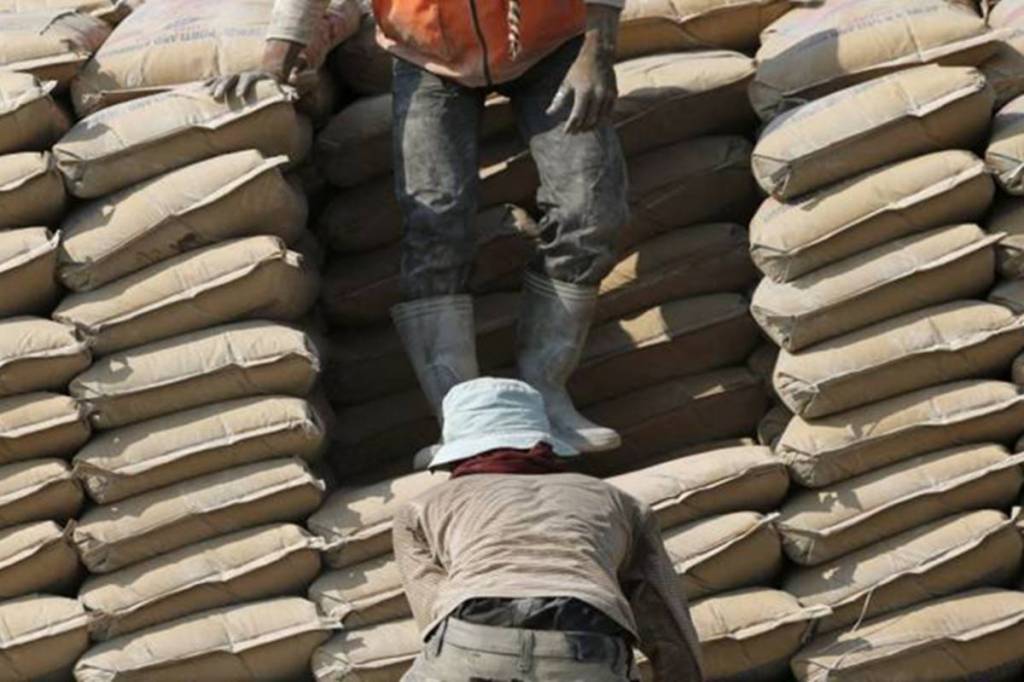We have analysed Ambuja Cement’s CY18 annual report. The infrastructure and the government’s ‘Housing for All’ initiative led to the cement industry growing 9% in CY18. But Ambuja Cement witnessed its profitability getting hurt due to increased raw material and fuel prices. The Indian cement industry grew 9% in CY18 on faster execution of stalled infrastructure and construction projects, according to Ambuja management.
Infrastructure (roads and metros, in particular) and the government’s ‘Housing for All’ program (rural and urban), were the key demand drivers. Implementation of the Real Estate (Regulation and Development) Act (RERA), 2016, also brought about a paradigm shift in the construction sector, making it transparent.
Despite capacity expansion during 2018, thanks to robust demand, capacity utilisation of the industry improved 2-3% v/s 2017. Ambuja Cement’s capacity utilisation increased by 4pp to 82% during CY18 led by volume growth of 5.4%. ACEM’s raw material cost was impacted due to an increase in the fly ash cost. However, it was partially mitigated through optimal sourcing and a judicious change in the gypsum mix, which helped the firm restrict increase in gypsum cost by only 1% as against the previous year. The company also saw a reduction in the per ton cost of bauxite and iron dust, which further helped to reduce the impact of rising costs of raw materials.
Power & fuel cost/t increased 8% YoY led by an increase in the prices of imported coal and petcoke. However, dynamic fuel mix strategy helped the company to restrict the impact. The usage of alternate fuels in kilns also increased by 2%. Further, the company consumed 69% of its total power requirement from captive sources, including an increased usage of the waste heat recovery system.
A decrease in rate of purchased power also helped to lower overall power & fuel costs v/s the previous year. Increase in freight cost/t was largely due to 17% increase in diesel prices v/s the previous year. To tackle this, the company undertook various logistical initiatives, such as (a) the reduction of rail lead by 7km, (b) availing long-term tariff contract benefits with Indian Railways, and (c) axle load benefits with transporters.


